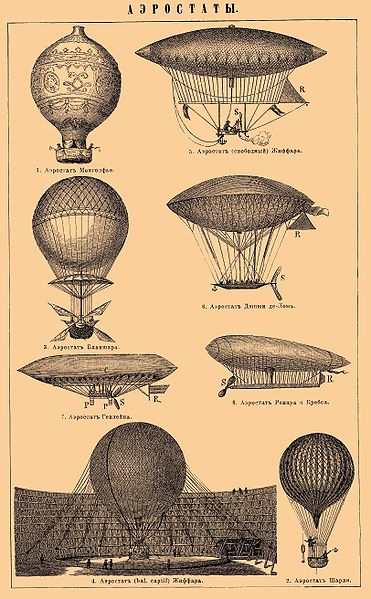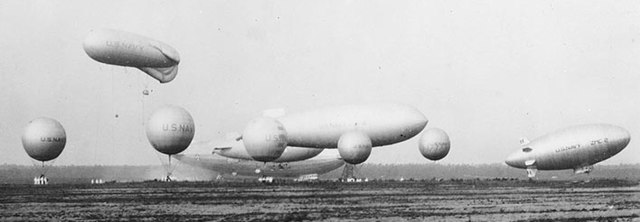A semi-rigid airship is an airship which has a stiff keel or truss supporting the main envelope along its length. The keel may be partially flexible or articulated and may be located inside or outside the main envelope. The outer shape of the airship is maintained by gas pressure, as with the non-rigid "blimp". Semi-rigid dirigibles were built in significant quantity from the late 19th century but in the late 1930s they fell out of favour along with rigid airships. No more were constructed until the semi-rigid design was revived by the Zeppelin NT in 1997.
Internal structure of semi-rigid airship
Italian explorer Umberto Nobile crossed the North Pole in his semi-rigid airship Norge in 1926.
An airship or dirigible balloon is a type of aerostat or lighter-than-air aircraft that can navigate through the air under its own power. Aerostats gain their lift from a lifting gas that is less dense than the surrounding air.
A modern airship, Zeppelin NT D-LZZF in 2010
Dirigible airships compared with related aerostats, from a turn-of-the-20th-century encyclopedia
U.S. Navy airships and balloons, 1931: in the background, ZR-3, in front of it, (l to r) J-3 or 4, K-1, ZMC-2, in front of them, "Caquot" observation balloon, and in foreground free balloons used for training
The air-filled red balloon acts as a simple ballonet inside the outer balloon, which is filled with lifting gas.






